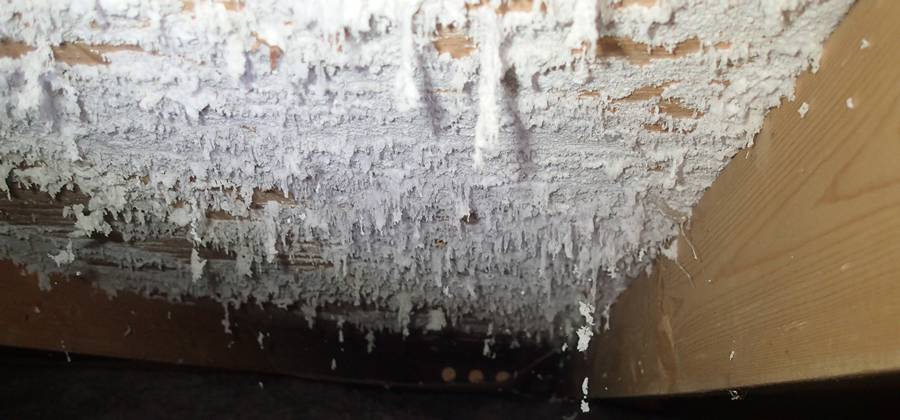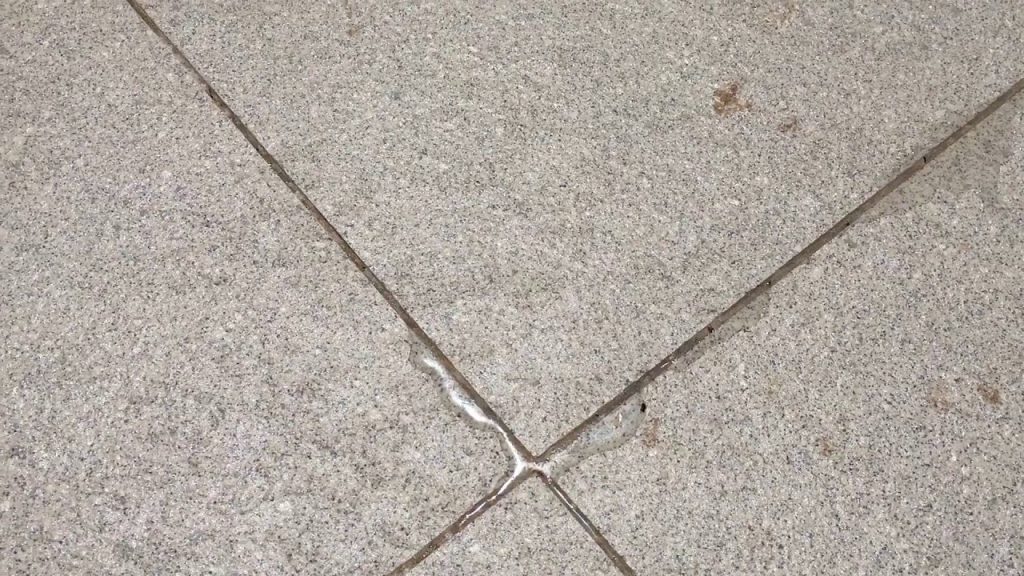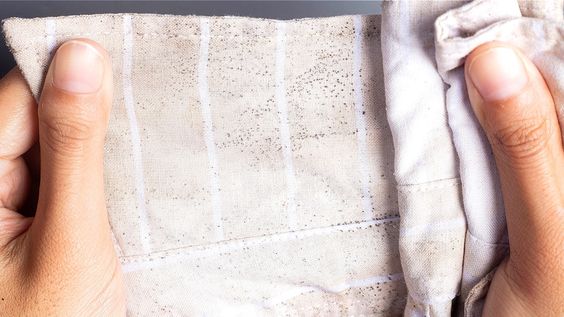
White mold on painted wood surfaces, such as cabinets and wood paneling, can be a nuisance. Let’s explore the reasons behind its occurrence:
Moisture and Humidity:
The primary cause of white mold growth on wood is moisture. When wood becomes damp due to leaks, flooding, or high humidity, it creates an ideal environment for mold spores to multiply.
Lack of proper ventilation exacerbates the issue. In spaces where airflow is restricted (like basements, attics, or crawl spaces), moisture accumulates, leading to mold growth.
Organic Materials:
Wood is an organic material, making it a perfect food source for mold.
When combined with moisture and poor ventilation, wood becomes a breeding ground for white mold.
Characteristics of White Mold on Wood:
Appearance: White mold typically appears as a powdery or fuzzy substance on the surface of wood. It can range from pure white to grayish and may appear as small spots or more extensive growth.
Texture: The texture of white mold can be soft and cotton-like or slightly crusty, depending on the growth stage and wood type.
Growth Patterns: White mold grows in circular patterns, gradually expanding outward as it feeds on the wood. This growth pattern makes it relatively easy to identify.
White Mold vs. Mildew:
White mold and mildew are often confused, but they are different:
Mildew: A surface fungus that is typically gray or white, with a flat, powdery appearance. It’s commonly found on plants and damp surfaces (like bathroom tiles).
White Mold: Penetrates deeper into the wood, causing more extensive damage. It can pose greater risks to human health, releasing spores that may cause allergic reactions or respiratory issues.

To remove white mold from painted wood surfaces like cabinets or wood paneling, follow these steps:
Safety First: Put on safety goggles and rubber gloves to limit exposure to the mold.
Prepare a Cleaning Solution:
Mix one part water with one-part white vinegar or use a commercial mold remover.
Apply the Solution:
Dampen a sponge or cloth with the cleaning solution.
Gently scrub the moldy areas on the painted wood.
Rinse and Dry:
Rinse the furniture with clean water to remove the solution.
Allow the wood to air dry completely.
Prevent Future Growth:
Consider applying a sealant or fungicidal solution to prevent mold from returning.
Remember to address the issue promptly to maintain the integrity of your painted wood surfaces! 🌿🪚



 PuroClean of San Clemente
PuroClean of San Clemente